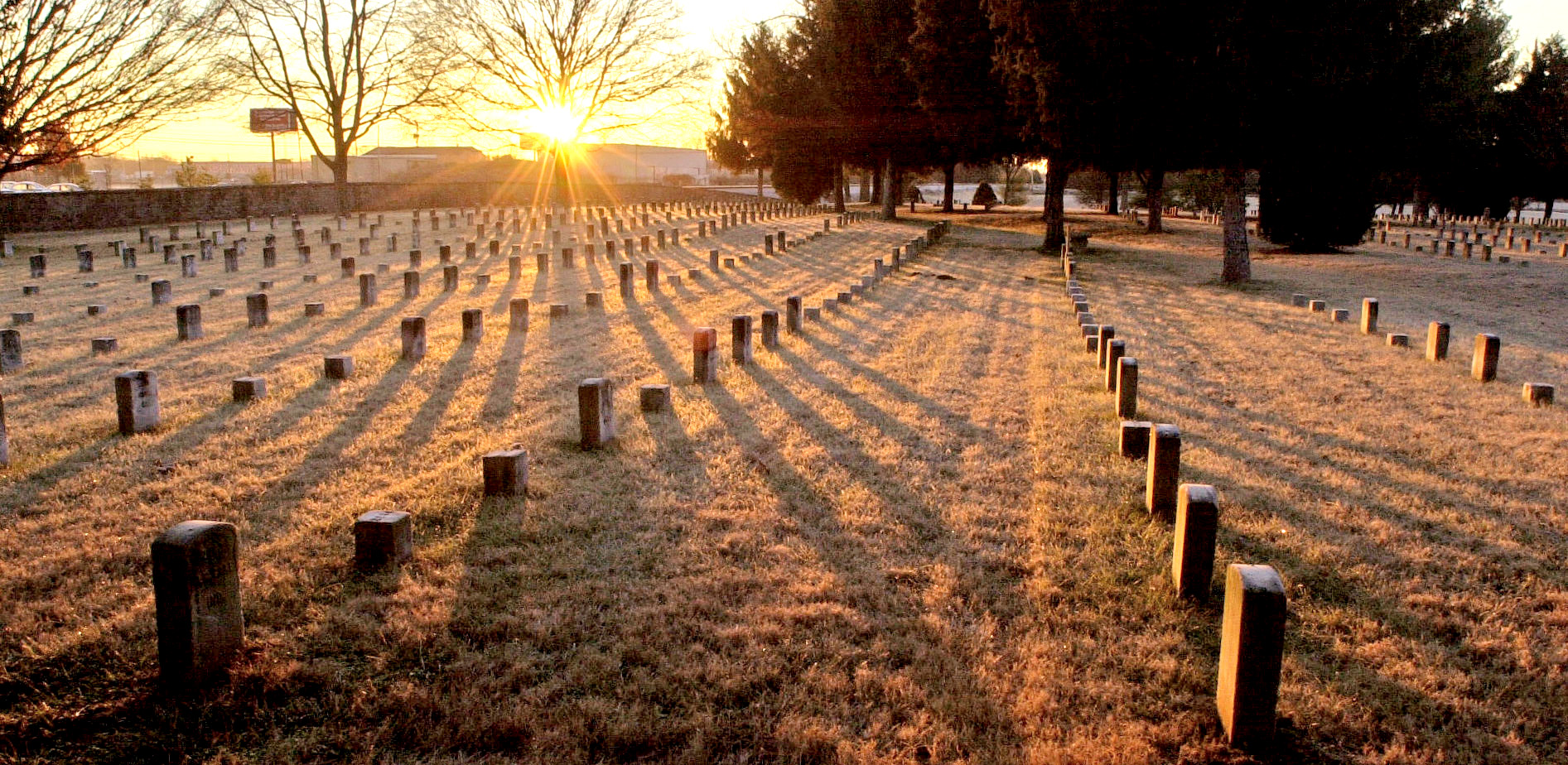Today marks the 150th anniversary of the end of the Battle of Stones River and the beginning of the Union march through Tennessee to pivotal battles in Chattanooga and Chickamauga.
President Abraham Lincoln was desperate for a decisive Union victory to turn northern sentiment after the Army's defeat at Fredericksburg.
A win could help time the president's release of the Emancipation Proclamation and perhaps reframe the Civil War with moral purpose, said Gib Backlund, chief of operations at Stones River National Military Park near Murfreesboro.
Confederate Gen. Braxton Bragg had his troops in the Middle Tennessee region to protect farms that fed the rebel army.
Union Gen. William S. Rosecrans was told by his boss that if he didn't take his men to fight the Confederates he would be replaced.
Rosecrans' troops marched for four days from Nashville to line Stones River across from their foes on the night of Dec. 30, 1862.
Early the next morning, Confederate soldiers rose early to attack. The surprise pushed Union soldiers back and resulted in some of the heaviest casualties of the eventual three-day battle. Rebels had the advantage.
But a force of professional soldiers Rosecrans thrust into the lines when his volunteer troops began to flee held the Confederates for a crucial 20 minutes.
Doug Roush, a 64-year-old former graphic artist and long-time military re-enactor knows more than most about one unit that helped hold the Union line -- 19th U.S. Regulars Infantry Regiment.
Fourteen years ago, the Indianapolis resident formed a re-enactment unit to honor the 19th after spending the previous decade deeply involved in other unit re-enactments.
Roush was drawn to war after a visit to Gettysburg in the early 1980s. He later began researching his own family history more closely and found that his great-great grandfather had extensive service with the Union Army in many famous battles.
Most of the U.S. Army and the Confederate States of America forces came from volunteer units by state. Whole swaths of men and boys would join from one hometown or area, much like National Guard units today.
The formation of a standing professional army would take hold in the Civil War. Much of the "regulars" ranks were drawn from immigrants without a home attachment. Those troops were typically better trained, prepared and had better equipment, Roush said.
One-third of the total 81,000 men who fought in the Stones River battle were killed or wounded. In one hour of fighting on the final day there were 1,800 Confederate casualties.
"That was a pretty horrific day," Backlund said.
The units that faced each other at Stones River would meet again as Confederate troops retreated south, first to Tullahoma and later to Chattanooga and Chickamauga.
"I don't think Stones River gets its due," Roush said. The battle was pivotal for the Union push into the Western Theater of the war.
Backlund agrees, citing Union strategy to take control of rail lines in Chattanooga and also cut off Confederate access to the Mississippi River.
It all started at Stones River, he said. Without a victory at this spot on the map, the Confederates would have continued to thwart Union efforts to divide Dixie and cut off supply lines.
The battle began the march to Atlanta and on to the sea, he said.

